
5 Common Holistic Myths Debunked for a True Mystic Journey
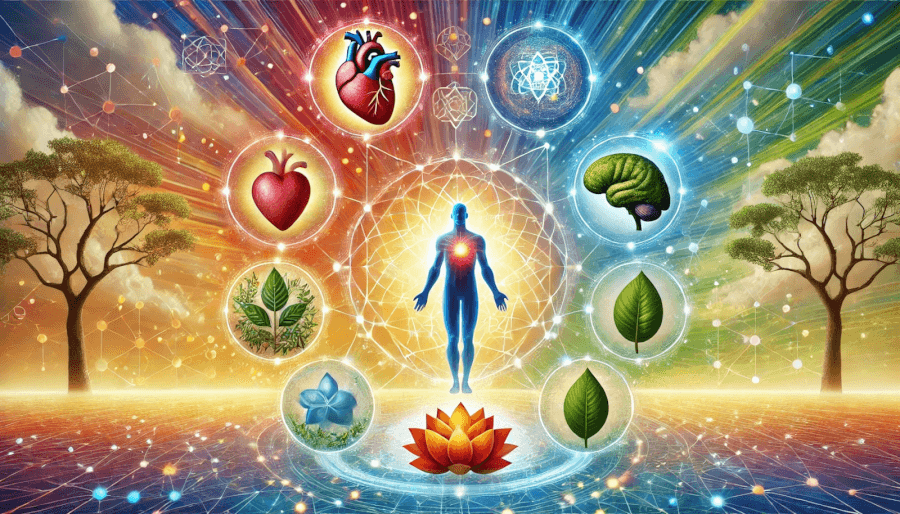
In today’s fast-paced world, seekers of spiritual truth and holistic well-being often encounter myths that cloud their path toward mystical exploration. These widespread misconceptions prevent many from fully embracing transformative practices that encourage deep personal growth and inner healing. This article debunks five prevalent myths in the holistic and mystic realm, offering an open, informed perspective and empowering you to embark on a balanced, authentic spiritual journey in 2023 and beyond.
Myth 1: The Only Path is Standard Meditation
Many assume that meditation is confined to merely sitting quietly with closed eyes. This narrow understanding ignores the diverse array of holistic techniques available. In truth, a genuine mystic journey may include mindfulness, energy work, and physical practices such as tai chi or qigong. The versatility of holistic meditation offers a tailored approach for individuals of all ages, abilities, and experiences.
Modern science supports that various meditation techniques can enhance cognitive function, reduce stress, and promote overall mental well-being. Rather than sticking to one rigid method, exploring the spectrum of mindfulness practices—from guided imagery to movement meditations and sound healing—can yield significant benefits, as validated by studies from reputed institutions in 2023.
Holistic meditation champions adaptability and personalization. Every spiritual path is unique, and embracing multiple practices tailored to individual needs can spark transformative shifts in consciousness. For readers seeking more detailed information, trusted sources like the NCBI and other reputable holistic wellness websites are excellent starting points.
Myth 2: Holistic Healing Rejects Science
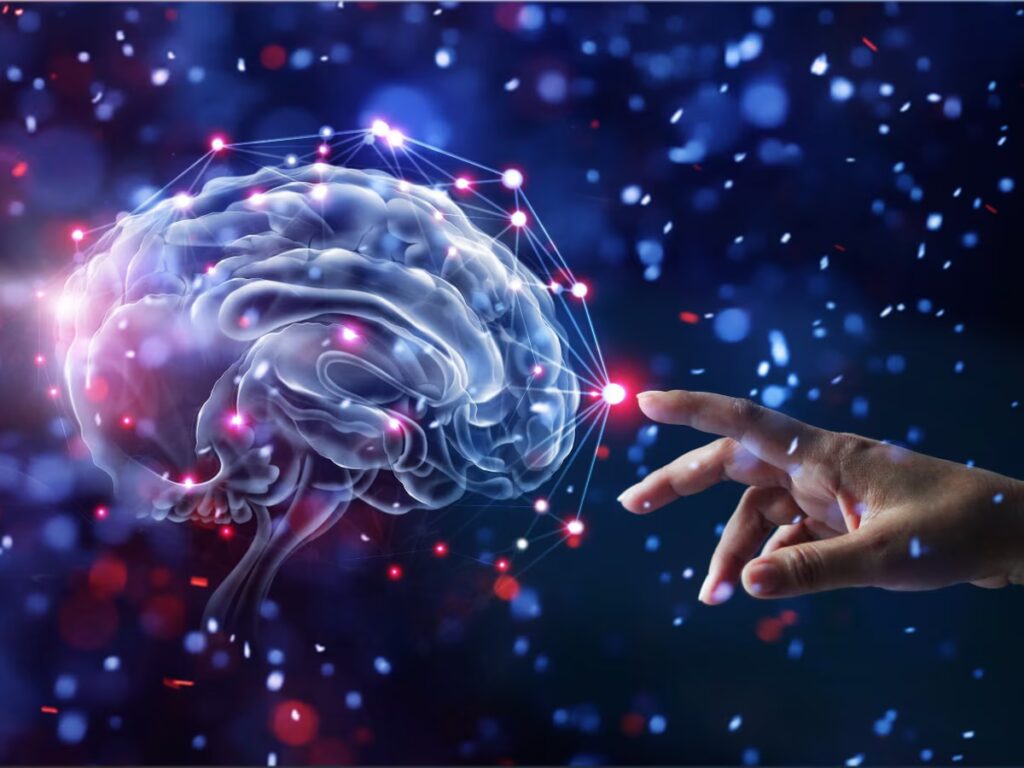
A common myth in holistic circles is that spiritual healing practices stand at odds with the scientific method. Often stemming from misunderstandings about the true nature of holistic wellness, this view disregards how many natural healing practices have been rigorously validated by modern research.
At the core of many successful healing approaches is the integration of ancient wisdom with modern technology. Mindfulness-based Stress Reduction (MBSR) programs, for instance, combine meditation with scientific research to enhance mental health outcomes. This blend substantiates that holistic healing collaborates with science to expand our understanding of human physiology and psychology.
Recent scientific studies have documented physiological impacts—including neuroplasticity, stress hormone regulation, and epigenetic changes—associated with holistic routines. For a deeper dive into this intersection, the Harvard Health Publishing website offers a wealth of evidence-based insights.
Myth 3: Mysticism is an Escape from Reality
Some critics claim that mystical practices amount to escaping reality. They argue that focusing on the intangible detracts from personal responsibility and practical living. In reality, mysticism is a pathway to deeper self-awareness and a richer appreciation of life’s interconnectedness.
A well-practiced mystical journey grounds individuals by integrating spiritual insights into everyday experiences. Instead of encouraging escapism, these practices enhance engagement with work, relationships, and societal obligations. Recent 2023 studies highlight how mindful and contemplative practices offer practical tools for confronting life’s challenges with calm and clarity.

For example, mindfulness and other contemplative techniques have crossed cultural boundaries to become useful tools in managing stress and boosting emotional intelligence. For more research and accessible resources on this topic, the American Psychological Association provides useful studies and articles.
Myth 4: Holistic Practices are Expensive and Exclusive
Many argue that a holistic lifestyle demands heavy financial investments and caters only to an elite few. Although workshops, retreats, or specialized courses might be costly, numerous holistic practices are straightforward, low-cost, and accessible to all. The heart of a mystic journey lies not in expensive programs, but in the willingness to explore the inner self.
Today, there is a wealth of free or affordable online resources that support a holistic approach to healing. From guided meditations to community yoga sessions, accessibility in holistic practices is better than ever. Social media, blogs, and digital libraries now offer quality content at little to no cost, making it easier for both beginners and experienced practitioners to explore various methods.
Moreover, community support groups and local holistic centers often host affordable workshops, fostering a supportive environment for shared learning experiences. Grassroots movements over recent decades have effectively dispelled the myth of holistic exclusivity. For updated practical tips and community event information, websites like MindBodyGreen are valuable resources.
Myth 5: Mystical Experiences are Merely Drug-Induced
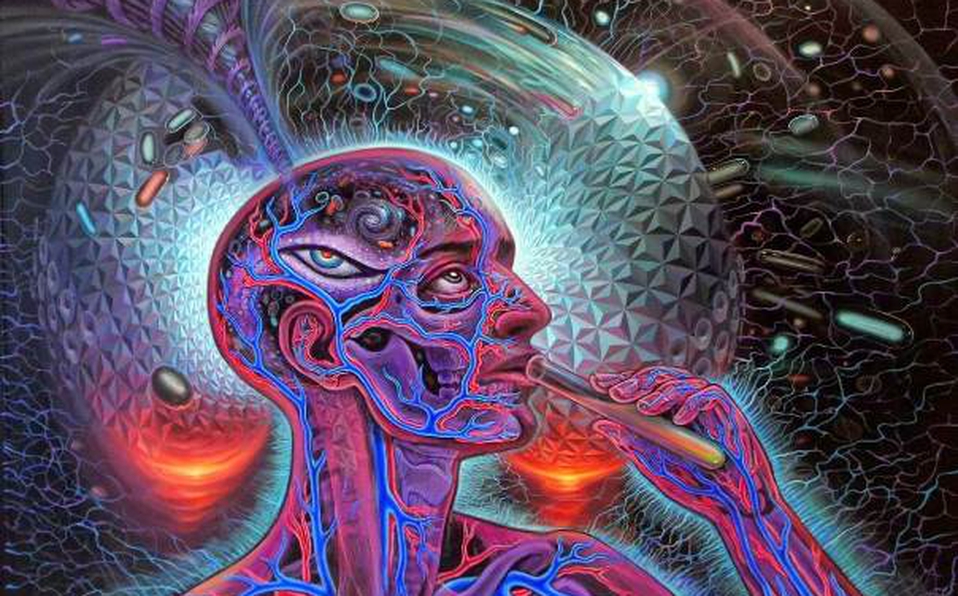
A persistent narrative suggests that mystical experiences are simply the byproduct of substance use. While certain psychoactive substances may alter consciousness, authentic mystical experiences are cultivated through disciplined practice, introspection, and years of dedicated exploration.
Many mystics throughout history have described their journeys as profound encounters with higher consciousness—experiences attainable without the influence of external substances. The authenticity of spiritual experiences is measured by their power to impart clarity, wisdom, and a renewed sense of purpose, deeply integrated into daily life.
Current research in neurotheology and consciousness studies shows that non-drug-induced mystical experiences activate brain regions linked to empathy, self-reflection, and the perception of interconnectedness. These findings challenge the simplistic view that all mystical experiences are chemically induced. For further scientific exploration, the ScienceDirect portal offers access to numerous peer-reviewed journals on this subject.
Contenido Adicional
Expanding this discussion on holistic and mystic practices in 2023, it is important to consider complementary topics that deepen our understanding of modern spiritual well-being. Along with debunking myths, the current holistic landscape embraces the intersection of technology, global community engagement, and emerging scientific insights. Many practitioners now utilize smartphone apps to track mindfulness, connect with virtual communities, and access guided meditations. This fusion of technology and ancient practices creates a dynamic, ever-evolving space for spiritual exploration.
Furthermore, the contemporary focus on mental health, sustainability, and personal empowerment has sparked renewed interest in practices such as breathwork, energy healing, and sound therapy. These techniques not only help reduce stress and anxiety but also strengthen the connection with both nature and the inner self. Embracing a holistic lifestyle can trigger transformative shifts in consciousness on personal and collective levels. For more insightful articles and practical tips, trusted platforms such as Mercola and WellnessLiving are highly recommended.

Additionally, the integration of cultural diversity enriches holistic practices. The mystic journey surpasses geographical boundaries by drawing on indigenous traditions, Eastern philosophies, and contemporary Western thought. This multicultural synthesis not only deepens the practice but also reinforces the universal nature of wisdom. By celebrating diverse approaches, practitioners engage in a rich spiritual dialogue that paves the way for shared experiences and mutual growth. This ongoing exchange between tradition and innovation represents one of the most exciting developments in holistic wellness today.
By debunking these pervasive myths, we reveal the true essence of a holistic and mystical lifestyle. Embracing a comprehensive view that bridges ancient wisdom with modern science empowers you to build a genuine connection with your inner self. Remember, real spiritual fulfillment comes from integrating diverse practices and respectful exploration rather than adhering to limiting stereotypes. Let this journey lead you toward enlightenment and a balanced life filled with transformative experiences.
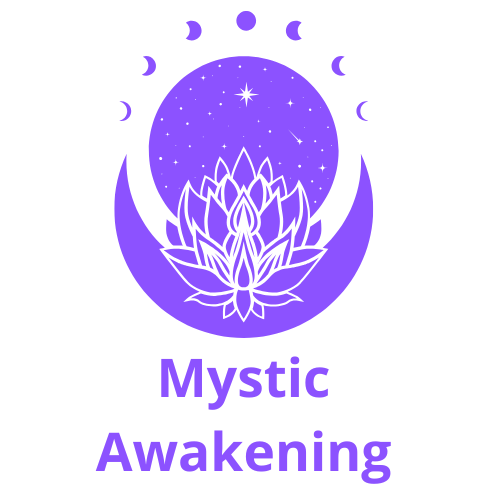

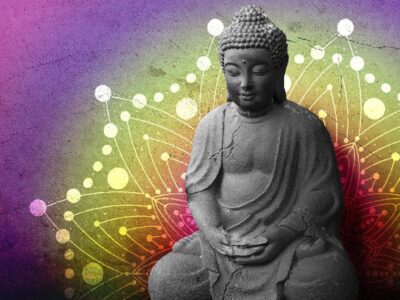
Deja una respuesta